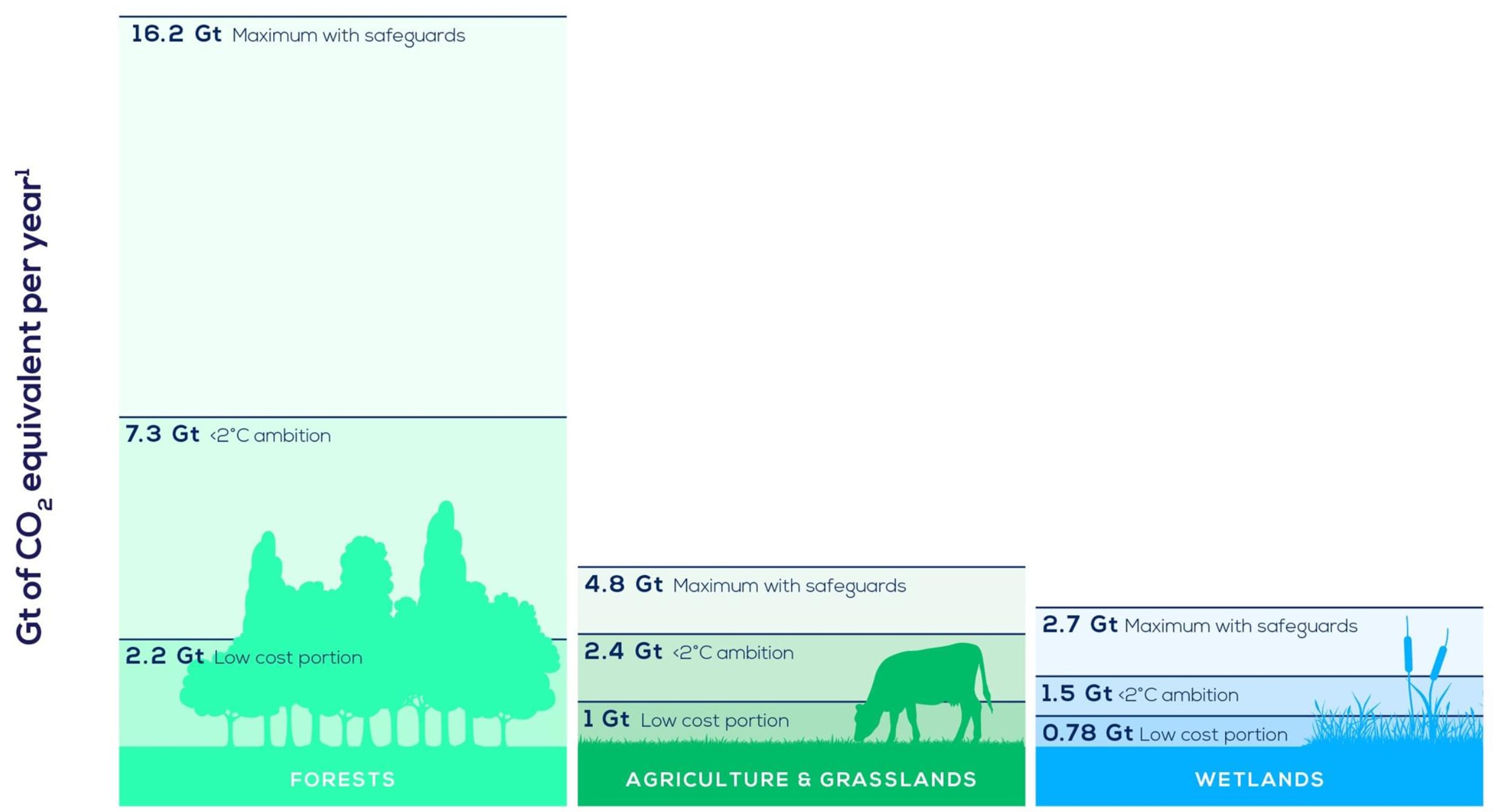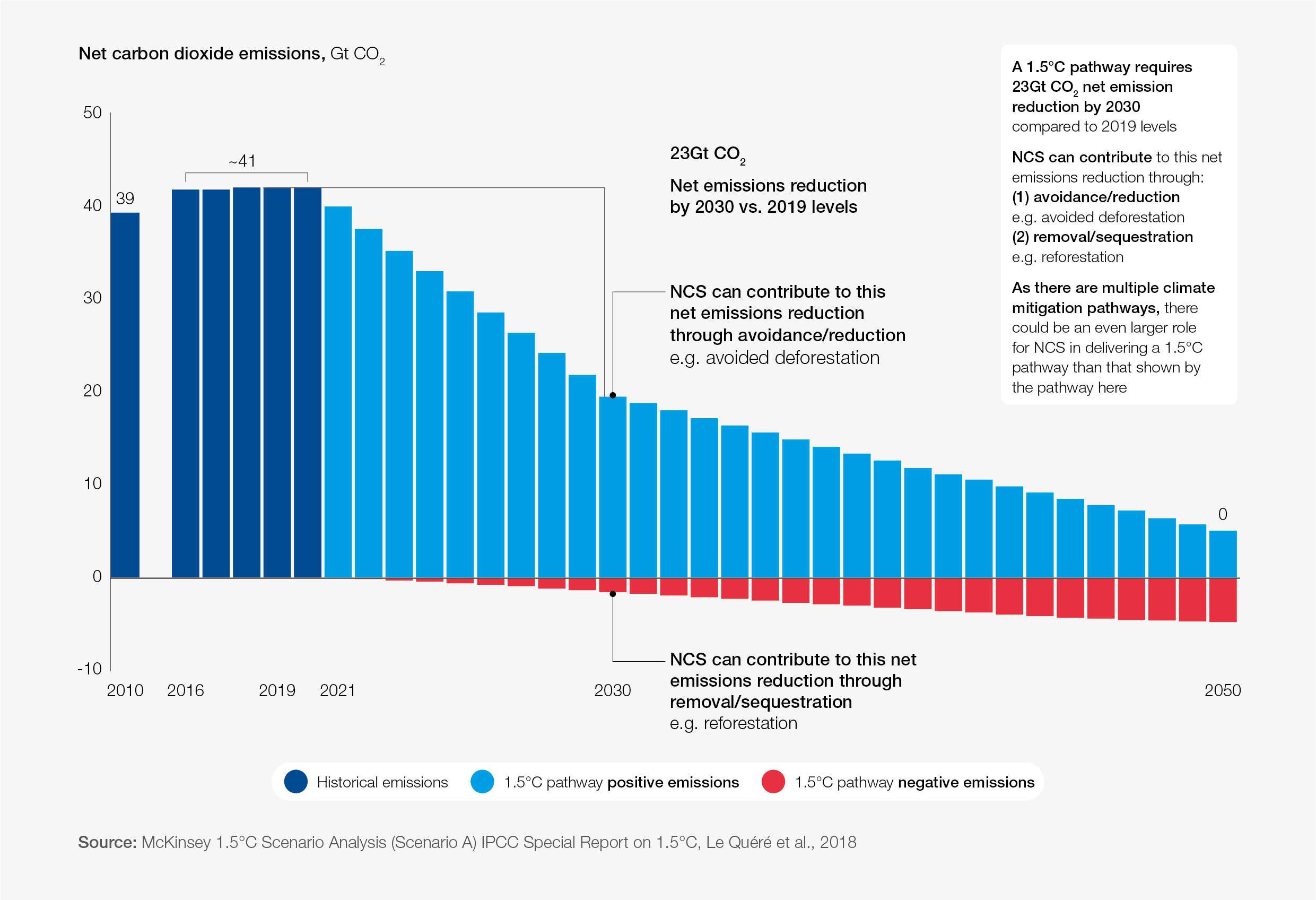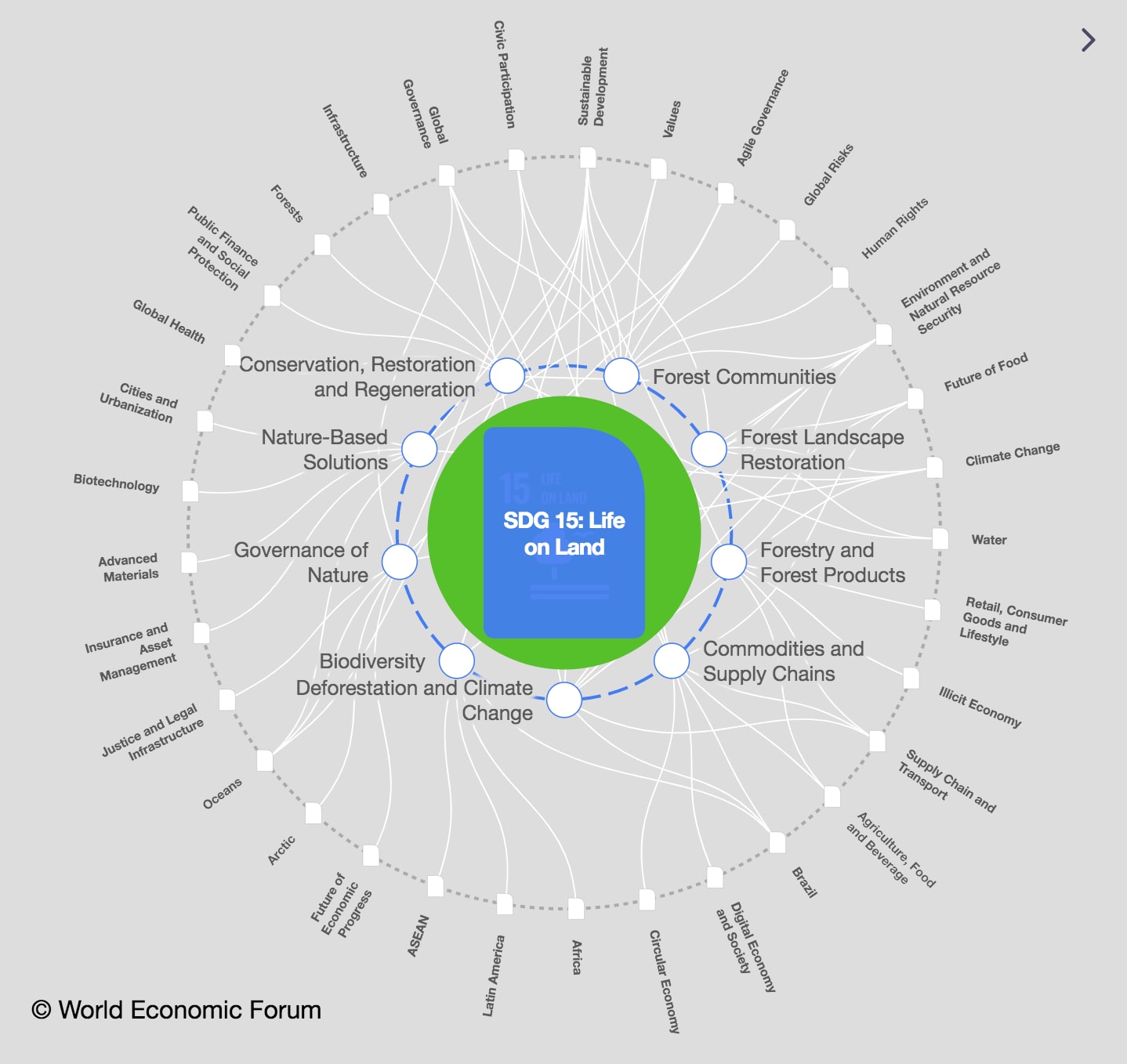8 things you can do to help save the rainforest in 2022

A third of the original rainforest is gone, primarily as a result of climate change and deforestation. Image: Unsplash/Renting C
- Only a third of the original tropical rainforest remains intact, according to a State of the Tropical Rainforest report.
- The biggest threats to the rainforest include demand for beef, soy and palm oil, along with logging for building materials
- There are eight things people can do to help, from eating less beef to buying responsibly sourced materials and foods.
One-third of the original tropical rainforest is gone. One-third of the original tropical rainforest is degraded. One-third of the original tropical rainforest is still intact.
Those were the startling findings from the first-of-its-kind State of the Tropical Rainforest report published in 2020.1 Aside from all of the species and animals being harmed by deforestation, tropical rainforests are an extremely important support system for our entire planet for many reasons, including:
- They absorb carbon dioxide and release the oxygen we depend on for survival.
- They maintain the world’s water cycle by adding water to the atmosphere to help create clouds.
- They’re a source of food and medicine for humans — more than 25% of modern medicines originate from tropical rainforests.
- They’re home to more than 30 million species of plants and animals.2
We’re losing tropical rainforests at a rapid rate. But to know how to save the rainforest, we first need to know what’s putting it at harm.
Biggest Threats to the Rainforest
Rainforests are declining mostly due to deforestation and climate change. The reason for deforestation is mostly for economic gain, including agricultural interests, mining operations, land development and materials. Let’s review some of the biggest threats:
Demand for Beef, Soy and Palm Oil
The expansion of agriculture for beef, soy and palm oil is the biggest driver of deforestation, according to the World Wildlife Fund (WWF).
The global greed for beef has led to slash-and-burn techniques to clear out land for cattle not only in rainforests, but in grasslands and savannas as well. WWF says beef and soy are driving more than two-thirds of the recorded habitat loss in South America’s rainforests, including the Amazon and Cerrado regions.3
Demand for Wood and Building Materials
Much of the rainforest is cleared for logging interests, and unfortunately, a lot of it is done illegally. Timber from rainforest trees is used in construction, flooring, furniture and other in-demand items.
Other Threats to the Rainforest:
While cattle raising, soy and palm oil production, and logging are the biggest threats, they’re far from the only threats. Other big drivers of deforestation include:
- Power plants cutting and burning trees for energy
- Paper products being made from rainforest trees
- Subsistence farmers clearing land to make room for crops and cattle grazing
- Mining operations
- Governments and industries cutting forests for service and transit roads
- Hydroelectric projects that cause flooding4
8 Ways You Can Help Save the Rainforest
We could keep diving into the doom-and-gloom statistics about our rainforests, but that wouldn’t be productive. Instead, we’d rather focus on the solutions. What can we do to save the rainforests and fight deforestation?
1. Eat Less Beef
If beef production is the No. 1 product of deforestation, eating less beef is a great place to start.5 According to the Rainforest Foundation, consuming less beef is one of the biggest ways that you can help stop deforestation. Plus, it also helps with energy efficiency, water pollution and methane reduction.6
If you do choose to eat beef, do so ethically by buying locally raised, grass-fed beef. (Assuming you don’t live near the rainforest.)
2. Check the Ingredient Label
Second to beef, soybeans and palm oil are the main drivers of deforestation in the Amazon. Check food and product labels, and if you see these ingredients, refrain from purchasing.
Businesses are starting to feel the impact of eco-conscious buying, and choosing products that aren’t contributing to deforestation will force these companies to change their ways.
3. Buy Responsibly Sourced Materials and Foods
Mahogany, rosewood and ebony are all threatened woods that are driving rainforest destruction, and they’re often used in furniture, flooring and even instruments. Also, stick to paper products that are made from recycled materials and ask your jeweler if it uses recycled gold or other metals in pieces.

Look for farm and forest products stamped with the green frog — certified by the Rainforest Alliance. Or anything that has the FAIRTRADE Mark, which is a globally recognized ethical label. When you buy fair trade items, like bananas or coffee, you support farmers and individuals who work hard to produce these products fairly and ethically.

Below is a list of common foods and spices that are found in the rainforest. When buying these products, be extra vigilant about the company you’re buying from and look for the seals mentioned above:
- Açaí
- Bananas
- Black pepper
- Blueberries
- Cinnamon
- Chocolate
- Coffee
A full list of Rainforest Alliance-certified products can be found here. Also, check out the Forest 500 list — it’s a great resource that ranks companies that are driving tropical deforestation so you know which companies to avoid.
4. Support Indigenous Communities
Buying artisanal products made by indigenous people is a more unique way to support rainforest preservation.
Research shows that indigenous people can achieve conservation results at least equal to that of the government.7 In fact, one study from the Amazon found that annual deforestation rates inside tenured indigenous forest lands were two to three times lower than outside of them.8
5. Encourage Sustainable Agriculture
Aside from buying products from sustainable farmers, you can advocate for incentives for sustainable agriculture and restrictions on uncertified beef imports.
Unfortunately, a lot of deforestation happens at the hands of poor farmers who are clearing land to provide for their families. A better way to address their needs is to advocate for permaculture — a cultivation technique that helps diversify farmers’ crops and allows them to rely on renewable resources and a self-sustaining ecosystem. Permaculture has also been shown to improve the soil in the rainforest.9
What is the World Economic Forum doing on natural climate solutions?
6. Reduce Your Carbon Footprint
Climate change is a huge threat to the rainforest and the species that inhabit it. While big corporations are the biggest contributors to greenhouse gas emissions, we all add to it, which means we can help reduce it, too. There are simple lifestyle changes you can make to reduce your carbon footprint, like driving less, consuming less energy and recycling.
7. Contact Your Representatives
For big changes to happen, the government needs to take action. But you can still help by letting your elected officials know that rainforest preservation is important.
Call them. Email them. Attend public meetings. Ask them to support environmental bills and low-carbon agendas. Tell them that protecting rainforests and supporting indigenous communities are critical solutions to climate change. Advocate for policies that force or incentivize businesses to use responsibly sourced materials and fair trade practices.
You can find your member in the U.S. House of Representatives here.
8. Support Organizations Dedicated to Rainforest Preservation
While we can all do our part, trying to help the rainforest is a full-time job for many people. If you’re not able to dedicate your work weeks to the cause, consider donating your money to organizations that do just that. The following organizations have been vetted by EcoWatch for legitimacy:
- Rainforest Alliance: Works to bring farmers, forest communities, companies and consumers together to change the way the world produces, sources and consumes products from the rainforest.
- Rainforest Foundation: Equips indigenous peoples with tools, training and resources proven to reduce deforestation.
- Rainforest Trust: Works to safeguard critical habitats in the world’s most biodiverse areas.
- Cool Earth: Protects the world’s rainforests by giving control back to the people who live in them.
- Survival International: Amplifies the voices of indigenous leaders who are pivotal in Amazon Rainforest conservation efforts.
Don't miss any update on this topic
Create a free account and access your personalized content collection with our latest publications and analyses.
License and Republishing
World Economic Forum articles may be republished in accordance with the Creative Commons Attribution-NonCommercial-NoDerivatives 4.0 International Public License, and in accordance with our Terms of Use.
The views expressed in this article are those of the author alone and not the World Economic Forum.
Stay up to date:
SDG 15: Life on Land
Forum Stories newsletter
Bringing you weekly curated insights and analysis on the global issues that matter.








